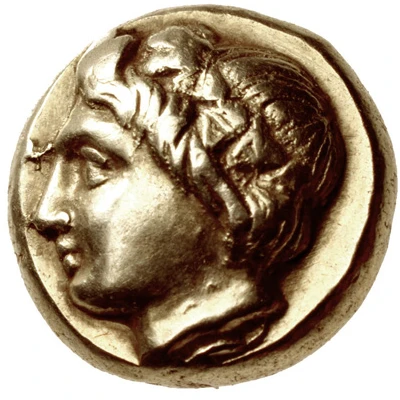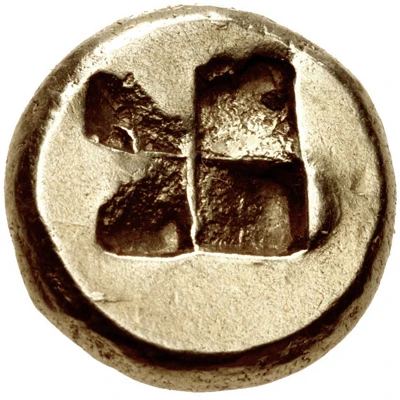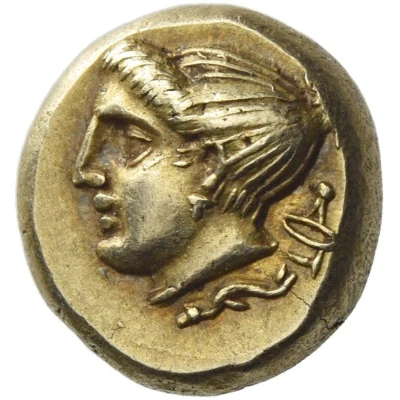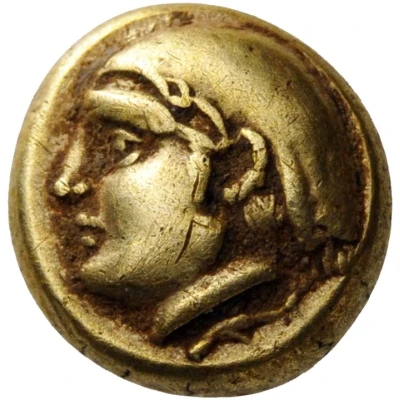
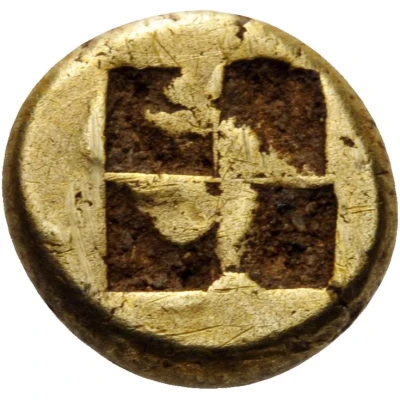

© Nomos AG
Hekte 387 BC - 326 BC
| Electrum | 2.53 g | 10.0 mm |
| Issuer | Phokaia (Ionia) |
|---|---|
| Type | Standard circulation coin |
| Years | 387 BC - 326 BC |
| Value | Hekte (10⁄3) |
| Currency | Drachm |
| Composition | Electrum |
| Weight | 2.53 g |
| Diameter | 10.0 mm |
| Shape | Round (irregular) |
| Technique | Hammered, Incuse |
| Demonetized | Yes |
| Updated | 2024-10-10 |
| Numista | N#186878 |
|---|---|
| Rarity index | 100% |
Reverse
Quadripartite incuse square
Interesting fact
The Hekte coin was used as a form of currency in ancient Greece, specifically in the city of Phokaia (Ionia) during the 4th century BC. It was made of electrum, a naturally occurring alloy of gold and silver, and weighed approximately 2.53 grams. Despite its small size, the Hekte coin played a significant role in the economy of the time, as it was widely used for trade and commerce. Its design featured an image of a lyre, which was a symbol of the city's cultural and artistic heritage. Today, the Hekte coin is highly sought after by collectors and historians, providing a unique glimpse into the economic and cultural practices of ancient Greece.
